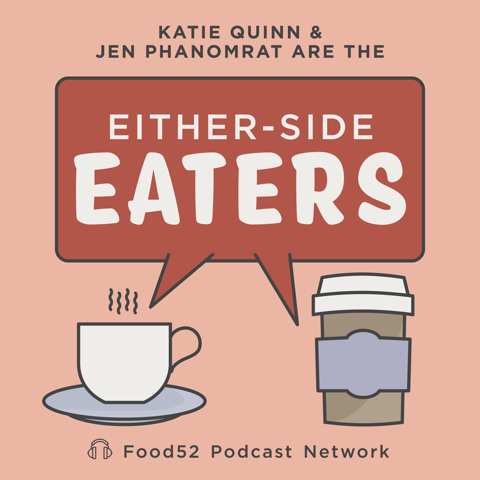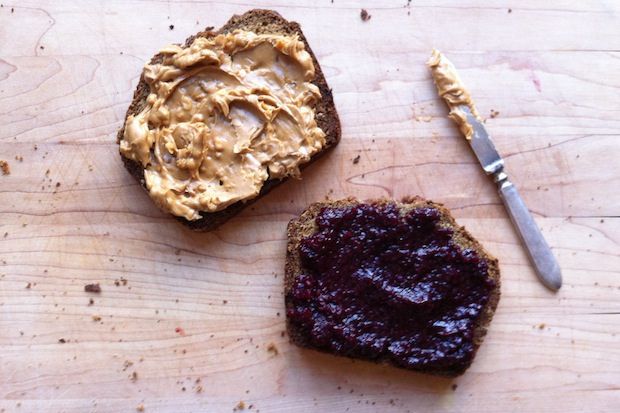
On our new weekly podcast, two friends separated by the Atlantic take questions and compare notes on everything from charcuterie trends to scone etiquette.
Listen NowPopular on Food52
4 Comments
ZombieCupcake
November 16, 2013
Anyone from mass can vouch for me on this, a fluffernutter has to be one of life's greatest pleasures
laurenlocally
November 15, 2013
My family loves the PB and Cheese sandwich... I love learning that it has elegant roots.
Kels M.
November 15, 2013
This was one of a few typical "kid foods" I never liked as a child. I think what was missing was the Health Loaf from Kara's Bakery in Bushwick. Two slices, toasted, plus pb&j is something near to nirvana.


See what other Food52 readers are saying.